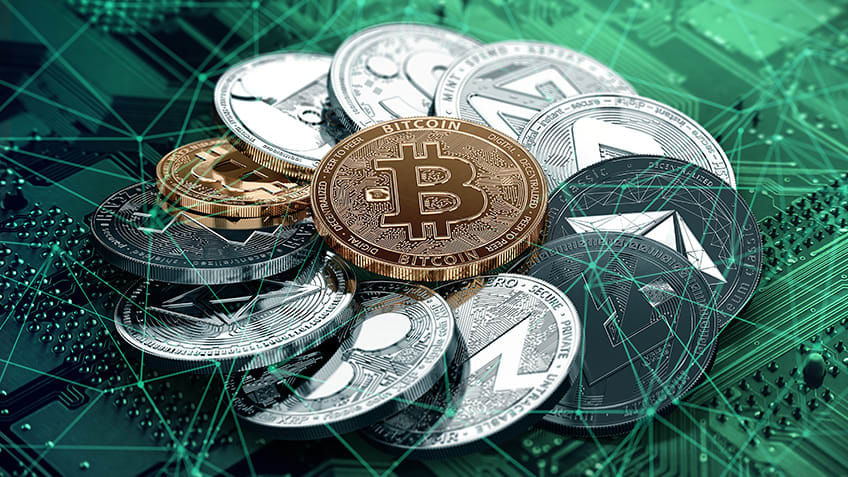Hawk tuah girl cryptocurrency
Writer by choice, CryptoCurrency Writer, and Researcher by chance. Currently, focusing on financial news and analysis, as well as cryptocurrency news and data. One may not call me a crypto “Enthusiast” but trust me I’m getting there andromeda casino review.
By early 2025, Pi Network had switched to its Open Mainnet. This step took down the barriers of the earlier “Enclosed Network,” meaning it can now connect to other systems, potentially get listed on exchanges, and let more apps plug in. It’s built for phones first, using SCP and those Security Circles. Validator Nodes and SuperNodes are key parts of the system, making sure everything runs smoothly and securely.
The team calls Pi the first digital money for everyone, something you can “mine” right on your smartphone. They use a system based on the Stellar Consensus Protocol (SCP), tweaked into what they call Federated Byzantine Agreement (FBA), to keep things light on battery and easy for phones to handle. Pi Network wants to build a digital currency and app platform that its worldwide users run and keep safe, hoping this will make finance fairer and fix some of the clunkiness of regular money.
Circulating Supply includes all Migrated Mining Rewards and all tokens that entered circulation from other buckets of the allocations, which at its maximum could be summed up to equal the Effective Total Supply.
A Pi ecosystem announcement will be released on May 14. Tune in to find out what’s coming next #pinetwork 🏎️🚖🚀$PI Spoiler alert: A large number of developer ecosystem applications are being reviewed, and many ecosystem applications will be listed @PiCoreTeam @pibartermall
Cryptocurrency news
Arizona Governor Katie Hobbs vetoed two key cryptocurrency-related bills that aimed to expand the state’s involvement in digital assets while signing a strict regulatory measure targeting Bitcoin ATMs.
Investment firm VanEck is launching a tokenized real-world asset (RWA) fund that offers exposure to US Treasury bills, developed in partnership with tokenization platform Securitize. The initiative places VanEck among a growing number of traditional finance firms entering the RWA tokenization space.
That decision followed her veto of Senate Bill 1025 — the more ambitious “Arizona Strategic Bitcoin Reserve Act” — on May 3. It would have authorized up to 10% of the state’s treasury and retirement funds to be invested in Bitcoin and other digital assets.

Arizona Governor Katie Hobbs vetoed two key cryptocurrency-related bills that aimed to expand the state’s involvement in digital assets while signing a strict regulatory measure targeting Bitcoin ATMs.
Investment firm VanEck is launching a tokenized real-world asset (RWA) fund that offers exposure to US Treasury bills, developed in partnership with tokenization platform Securitize. The initiative places VanEck among a growing number of traditional finance firms entering the RWA tokenization space.
What is cryptocurrency
Cryptocurrencies represent a new, decentralized paradigm for money. In this system, centralized intermediaries, such as banks and monetary institutions, are not necessary to enforce trust and police transactions between two parties. Thus, a system with cryptocurrencies eliminates the possibility of a single point of failure—such as a large financial institution setting off a cascade of global crises, such as the one triggered in 2008 by the failure of large investment banks in the U.S.
These physical representations of cryptocurrency do not hold any value by themselves; these are only utilized for collectable purposes. For example, the first incarnation of the bitcoin Casascius, coins made of silver, brass or aluminum sometimes with gold plating, or Titan Bitcoin, which in silver or gold versions are sought after by numismatists.
A cryptocurrency is a digital or virtual currency secured by cryptography, which makes it nearly impossible to counterfeit or double-spend. Most cryptocurrencies exist on decentralized networks using blockchain technology—a distributed ledger enforced by a disparate network of computers.

Cryptocurrencies represent a new, decentralized paradigm for money. In this system, centralized intermediaries, such as banks and monetary institutions, are not necessary to enforce trust and police transactions between two parties. Thus, a system with cryptocurrencies eliminates the possibility of a single point of failure—such as a large financial institution setting off a cascade of global crises, such as the one triggered in 2008 by the failure of large investment banks in the U.S.
These physical representations of cryptocurrency do not hold any value by themselves; these are only utilized for collectable purposes. For example, the first incarnation of the bitcoin Casascius, coins made of silver, brass or aluminum sometimes with gold plating, or Titan Bitcoin, which in silver or gold versions are sought after by numismatists.
A cryptocurrency is a digital or virtual currency secured by cryptography, which makes it nearly impossible to counterfeit or double-spend. Most cryptocurrencies exist on decentralized networks using blockchain technology—a distributed ledger enforced by a disparate network of computers.
